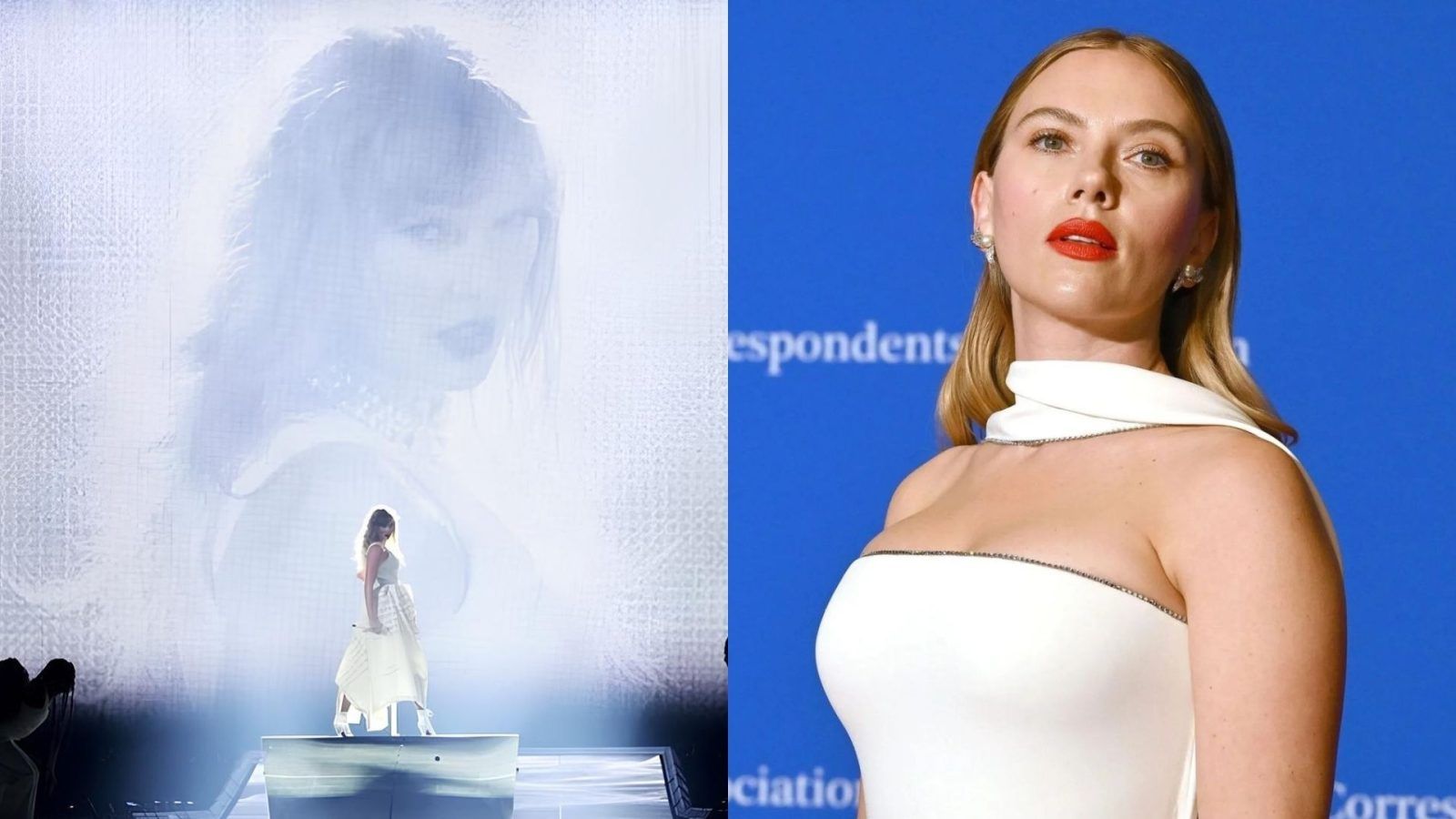Are you certain about what you're seeing online? In an era where digital manipulation is becoming increasingly sophisticated, the line between reality and illusion is blurring, and deepfakes are at the forefront of this unsettling trend.
The term "deepfake" itself is a portmanteau, cleverly combining "deep learning" a subset of artificial intelligence with "fake." This technology utilizes intricate neural networks to create incredibly realistic forgeries, capable of convincingly altering videos, images, and audio recordings. Deep learning algorithms are the engines behind sophisticated tasks such as natural language processing, the very foundation of chatbots like OpenAI's ChatGPT. The implications are vast, as this technology is readily accessible, raising serious concerns about misinformation, identity theft, and the erosion of trust.
Deepfakes, the digital chameleons of our time, can seamlessly mimic the appearance and mannerisms of public figures, turning them into unwitting victims of identity theft. This digital manipulation is not merely a gimmick; it's a powerful tool that can be used for malicious intent. Consider the case of Alia Bhatt, a prominent figure who has found herself caught in the crosshairs of this technology, serving as a stark reminder of the vulnerabilities that even high-profile individuals face.
The pervasiveness of deepfakes is underscored by the astonishing number of views they can garner. One such video, for instance, racked up millions of views, including over 2.4 million on X, formerly known as Twitter. The speed with which these forgeries can spread highlights the urgency of developing strategies to combat their impact. The reality is that deepfakes have become easier to produce in recent years.
The sophistication of deepfake technology is escalating at an alarming rate. A number of apps have emerged that can swap a person's face onto other media with remarkable accuracy. This ease of creation, coupled with the potential for widespread distribution, creates an environment ripe for the spread of misinformation. In essence, a celebrity deepfake is a digitally manipulated piece of media that is convincing, but ultimately fake.
The potential applications of deepfakes are diverse. While some are created for satirical purposes, the majority of deepfakes serve malicious intent. Deepfakes, often created using generative AI, can manifest as videos, images, or audio clips. The implications are serious, ranging from spreading misinformation and damaging reputations to facilitating financial scams and even influencing political events.
The manipulation of text, images, and footage has long been a staple of digital interactivity. Deepfakes represent the next evolution in this trend, allowing for an even greater level of realism and deception. The technology finds extensive use in the digital arts and satire. But deepfakes, like a double-edged sword, can also be used to cause significant harm.
The process of generating a celebrity deepfake involves training an AI model on thousands of images and videos of the targeted individual. The AI learns to replicate facial expressions, movements, and vocal patterns with remarkable accuracy. This training process is the key to the convincing nature of these forgeries, allowing them to fool even discerning viewers.
According to projections, deepfake explicit content is set to explode. VPNRanks forecasts that deepfake explicit content will reach 4,100 videos by 2025, attracting a staggering 40.25 million monthly visitors. This trend highlights the urgent need for more robust regulations and ethical guidelines in the creation and dissemination of deepfakes.
The advice has always been true. "Don't believe everything you see on the internet." Whether it's a personal blog, a tweet, a YouTube video, or a TikTok, the potential for manipulation exists. The proliferation of deepfakes only amplifies this risk, making it more crucial than ever to adopt a critical and discerning approach to online content. One has to be alert.
The proliferation of AI-generated content has also raised serious concerns about the potential for scams. Scammers are increasingly using AI-generated celebrity videos to steal personal information. These videos are often meticulously crafted to resemble the real individuals, making them highly effective in deceiving unsuspecting victims. Meta's bullying and harassment policy prohibits derogatory sexualized photoshops or drawings on its platforms.
The question of whether AI can create a video of a celebrity is no longer hypothetical; the answer is a resounding yes. AI technology is now capable of generating videos that convincingly depict celebrities in various scenarios. This capability opens up a Pandora's Box of ethical and legal challenges.
Here's a new drinking game idea: take a shot every time you spot a deepfake. The odds are, you might end up either completely sober, completely drunk, or completely confused, and that may be a measure of how quickly technology has moved.
The creation and spread of deepfakes are not only a technological issue, but also a cultural one. They force us to confront the nature of truth, trust, and authenticity in the digital age. Deepfakes compel us to question what is real and what is fabricated. Abhishek Kumar, a journalist from India, has tracked this phenomenon, adding to our understanding of it.


